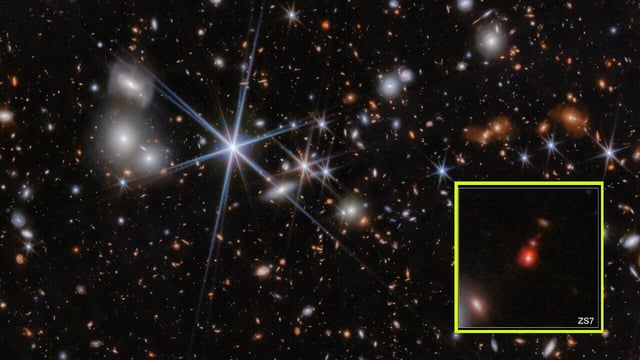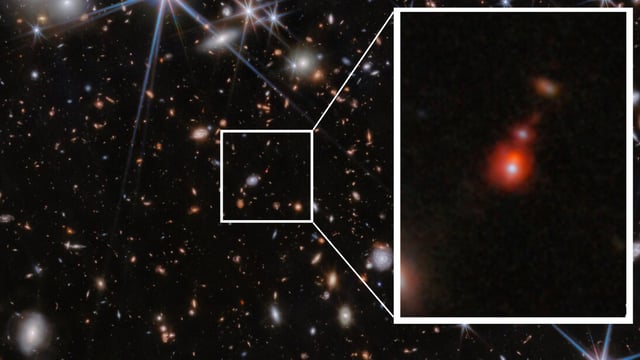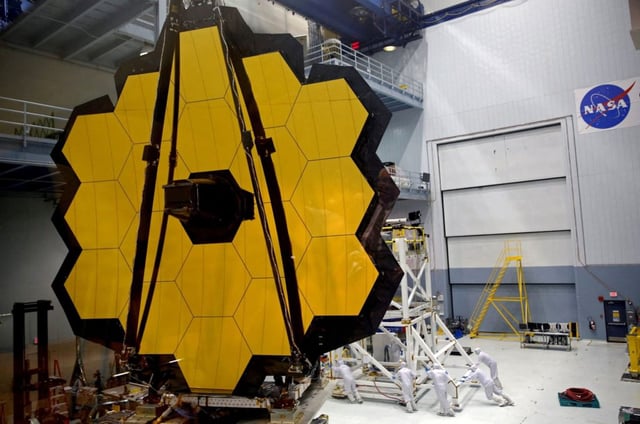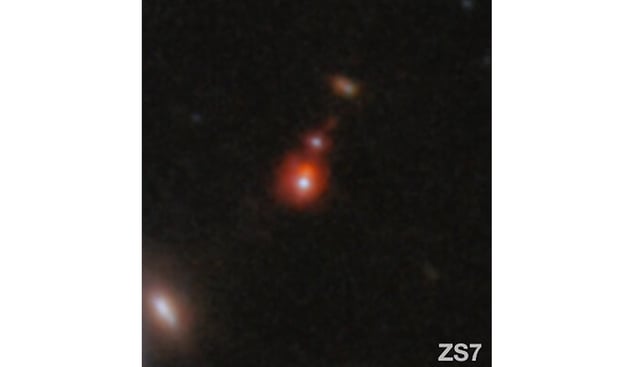Overview
- The merging black holes were found in a galaxy system called ZS7, located over 13 billion light-years away.
- One of the black holes is estimated to be 50 million times the mass of the Sun.
- The discovery suggests black hole mergers are a key mechanism for rapid growth in the early universe.
- The James Webb Space Telescope's infrared capabilities were crucial for detecting this distant event.
- Future missions like the Laser Interferometer Space Antenna (LISA) aim to measure gravitational waves from similar mergers.



